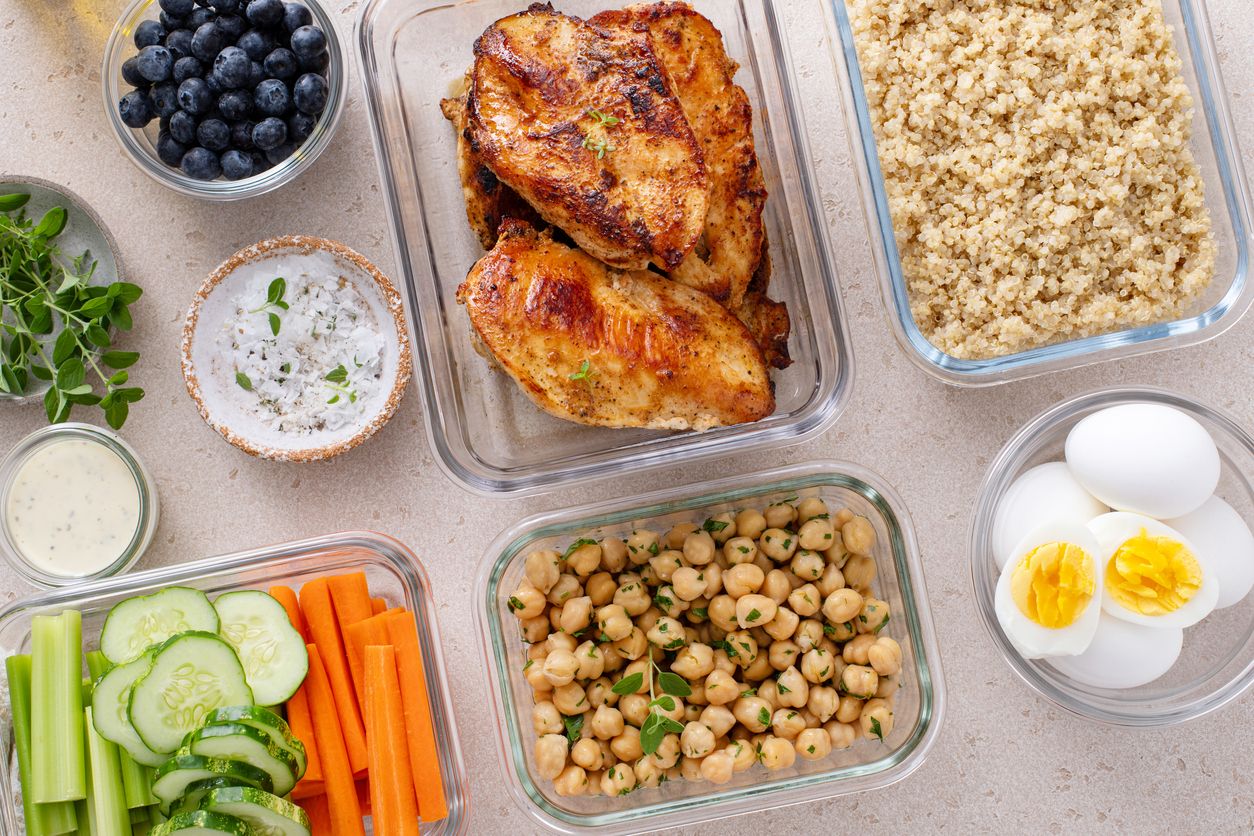Fellowship dinners, ministry festivals, and fundraisers offer cherished opportunities to gather and worship together. Whatever the occasion, safe food preparation and serving techniques can help keep everyone healthy. By implementing a food safety policy and prevention guidelines, your organization can prevent bad food from spoiling a good time.
Foodborne illness can lead to illness, long-term health issues, hospitalization, and even death. According to the Centers for Disease Control and Prevention, each year millions of people get sick from food or drink contaminated with Salmonella bacteria and Norovirus.
Share this article with those preparing and serving food for your ministry events. While the very young, the elderly, and people with weakened immune systems are most susceptible to food-borne illnesses, they can pose grave threats to everyone.
Ensure that you are following safe food preparation and serving practices. Consider posting safe food preparation and handling signs in your kitchen where they are easily seen and referenced. Follow these food safety tips to help keep your people healthy: Clean, Separate, Cook, Chill.
Keep it Clean
Always wash your hands thoroughly before and after handling food.
Keep your kitchen, countertops, cutting boards, dishes, and utensils clean and sanitized.
Separate Food
Separate raw vegetable and meat preparation areas.
Wash hands, utensils, prep area after handling meat so it does not contaminate other foods.
Always serve food on clean plates and with clean utensils—do not serve with anything that touched raw meat or poultry. Otherwise, bacteria that may have been present in raw meat juices can cross-contaminate the food to be served.
Cook Thoroughly
Cook foods thoroughly to achieve safe minimum internal temperatures:
Beef, veal, and lamb steaks, roasts, and chops should be cooked to 145° F.
All cuts of pork to 160° F.
Ground beef, veal, and lamb to 160° F.
All poultry should reach a safe minimum internal temperature of 165° F.
Keep Chill
Cold foods should be held at 40° F or colder.
Divide cooked foods into shallow containers to store in the refrigerator or freezer until serving. This encourages rapid, even cooling. Reheat hot foods to 165° F.
Follow serving and storage guidelines.
Use Storage Containers Properly
Arrange and serve food on several small platters rather than on one large platter. Keep the rest of the food hot in the oven (set at 200 - 250° F) or cold in the refrigerator until serving time. Doing this ensures that foods are held at safe temperatures for longer periods of time.
Replace empty platters rather than adding fresh food to a dish that already had food in it. Many hands took food from the dish, which was also sitting out at room temperature.
The Two-Hour Rule
Foods should not sit at room temperature for more than two hours. Develop a system to track how long food sit on serving tables.
Discard anything that is there for two hours or more.
Keep Hot Foods HOT and Cold Foods COLD
Hot foods should be held at 140° F or warmer.
On a serving table, keep hot foods hot with chafing dishes, slow cookers, and warming trays.
Cold foods should be held at 40° F or colder.
About Food Allergies
Label dishes with ingredients
Highlight potential allergens on a note card next to each dish.
Label foods with allergens for soy, milk, eggs, tree nuts, shellfish, fish, wheat and gluten, peanuts, and sesame.
Save package labels for pre-made foods.
Avoid cross-contamination
Use separate serving utensils for each dish.
Use separate surfaces for each dish.
Have guests with allergies serve themselves first.
Additional Resources
Food Prep Checklist
Poster: https://www.fsis.usda.gov/sites/default/files/media_file/2021-02/7_Steps_Community_Meals.pdf
Booklet: https://www.fsis.usda.gov/sites/default/files/media_file/2021-02/Cooking_for_Groups.pdf
Article: https://www.fsis.usda.gov/food-safety/safe-food-handling-and-preparation/food-safety-basics/slow-cookers-and-food-safety
This article from the Safety Library at Brotherhood Mutual Insurance Company is used with permission. The information provided is intended to be helpful, but it does not constitute legal advice and is not a substitute for the advice from a licensed attorney in your area. We encourage you to regularly consult with a local attorney as part of your risk management program.
Article updated February 2025.

